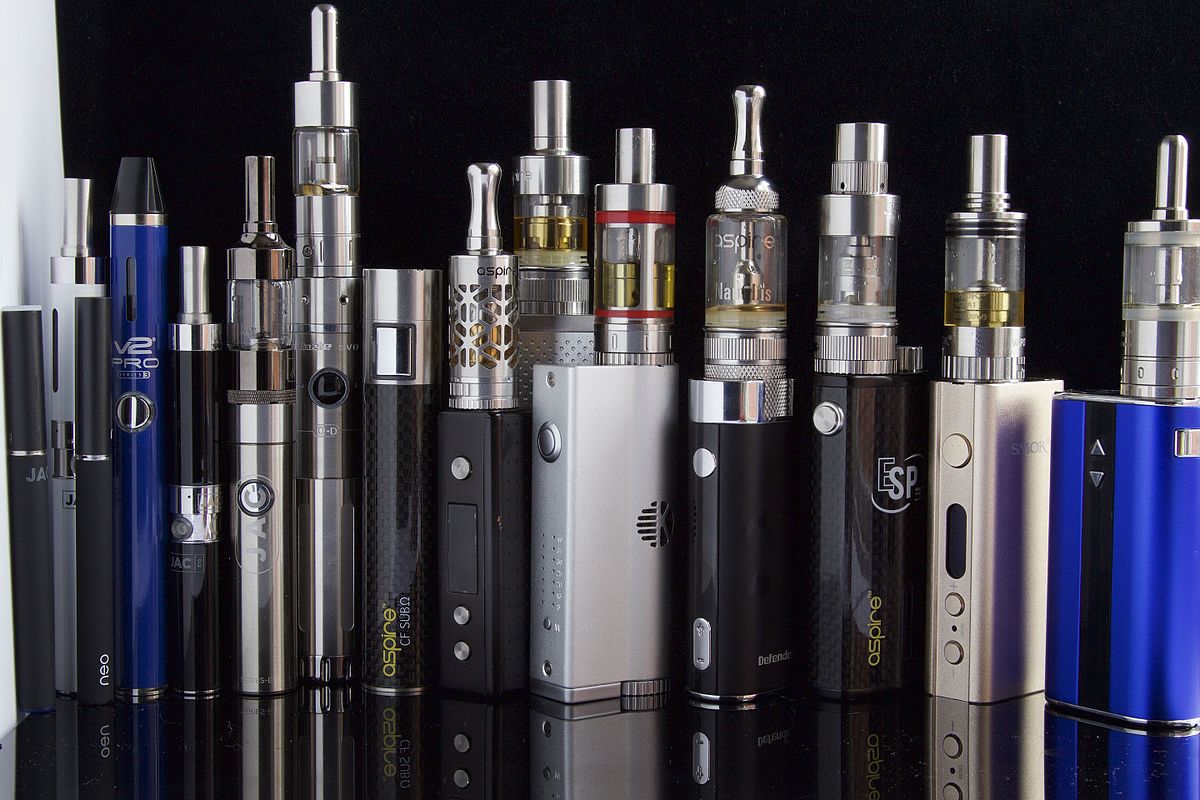Mouth-To-Lung Inhale vs. Lung Inhale
Posted by John C. on 21st Mar 2018

Introduction
Two terms you’re going to read or hear, if you haven’t already, are “mouth-to-lung hits” (sometimes abbreviated as MTL) and “lung hits”. These terms, the former sounding bizarre and the other sounding faintly violent, are just two different styles of inhaling vapor. Which one you’ll prefer is a personal choice, as is everything in vaping; on the other hand, which one you are comfortably able to do is a matter of the hardware you’re using.
So I’d like to take a few moments, this week, to explain the differences between the two, both in how they feel and in the hardware you’ll need in order to explore these two different styles.
Mouth To Lung Inhale

A mouth-to-lung hit is vaping in the same way you (most likely) used to smoke: Inhale to draw vapor into your mouth, and from their into your lungs. It’s the way I advised you to get acclimated to the difference between inhaling vapor and inhaling smoke, except no longer as gentle now that you’re used to it.
It’s also the way you’ll have had to continue vaping on pod based systems and even on many pen based systems, simply because that class of hardware doesn’t really allow for lung hits, for the most part.
Mouth to lung hits produce that now familiar ‘push’ at the back of the throat, which provides the user with a satisfying but smoother and gentler recreation of the same sensation smoking used to provide. They also produce a modest little cloud of vapor.
Lung Inhale

Lung hits, on the other hand, could almost be described as vaping on an entirely new level. Lung hits are performed by inhaling vapor directly into the lungs with no stops between, and produce a chest filling sensation along with that push at the back of the throat. As a result of being able to inhale a greater amount of vapor, this method produces much bigger clouds.
The kind of hardware necessary for this style of vaping is also significantly different. Generally, the lower the resistance of the atomizer in your device, the smoother and more comfortable a lung hit will be. Additionally, devices intended for this style of vaping also need either adjustable airflow or fairly open fixed airflow; after all, a deep inhalation into the lungs isn’t really a practical move when the vapor itself is difficult to inhale due to restricted airflow through the device.
One last note on hardware: as the power of your device increases and the resistance of your atomizer decreases, nicotine delivery from your eliquid becomes far more efficient. This means that you’ll want to decrease the nicotine strength in the eliquids you purchase. I like nicotine, but a lung hit of 24mg nic strength eliquid is just too much of a good thing.
Conclusion
Now that you have a better understanding of these two terms, it may be time to explore the next level of hardware intended to enable both styles of vaping for you. You might find that mouth to lung hits are still the way you want to go; then again, you might try taking deep, satisfyingly smooth lung hits and fall in love with vaping all over again. The next level of devices, featuring variable power, temperature control, and adjustable airflow will open that choice up for you to explore.